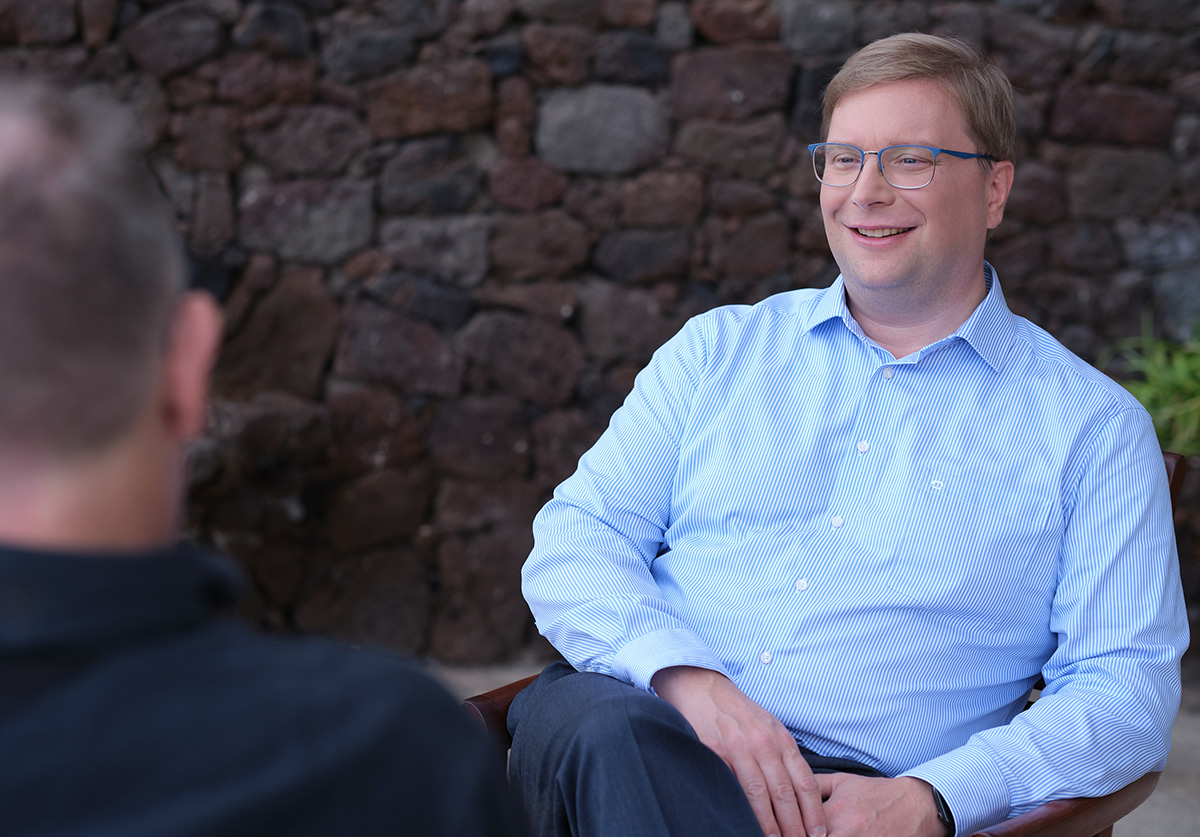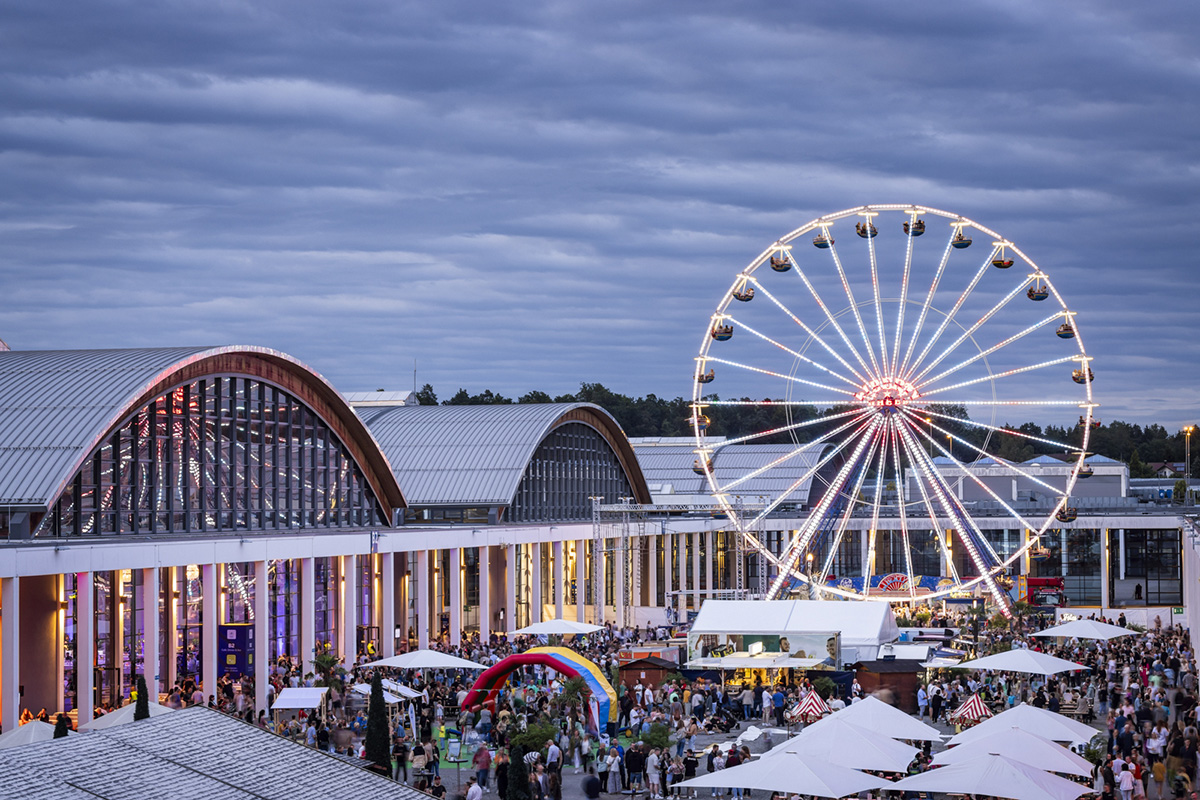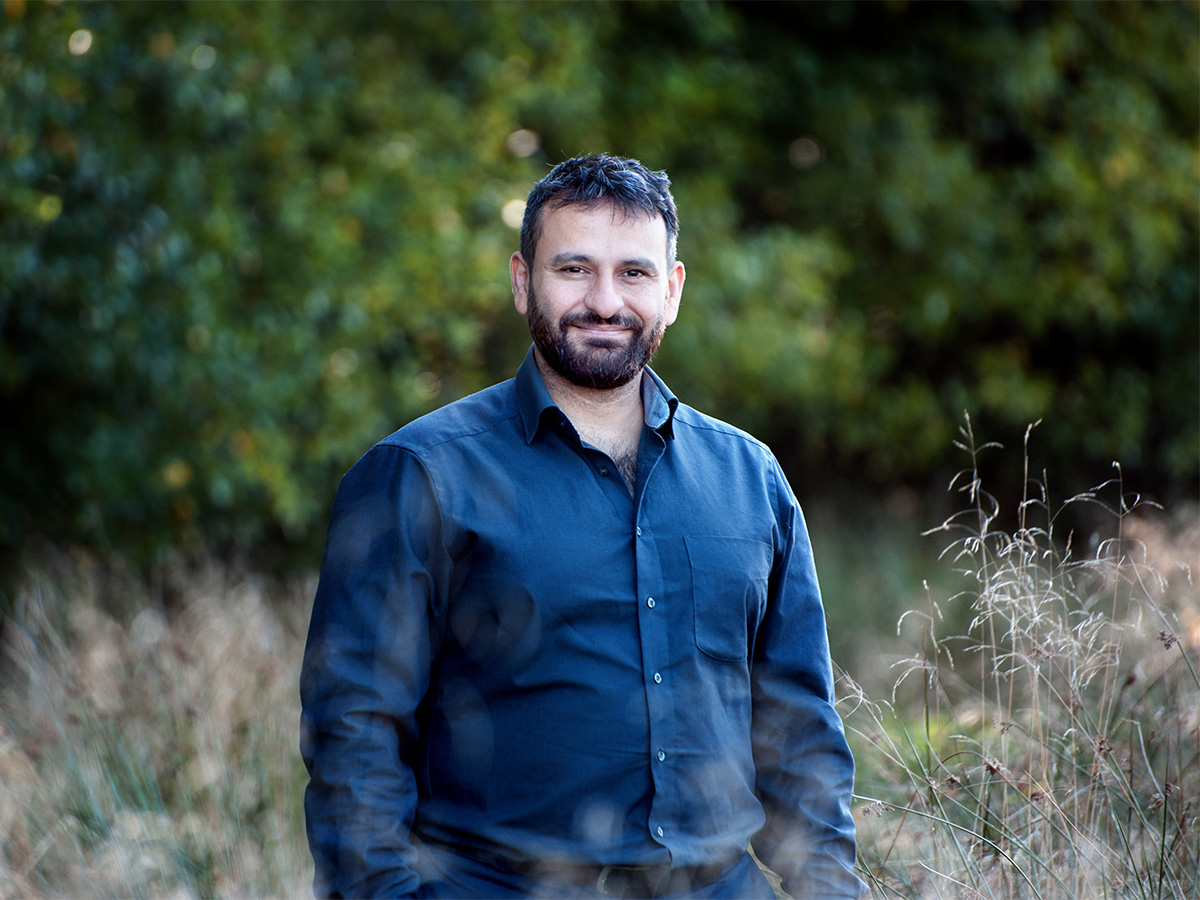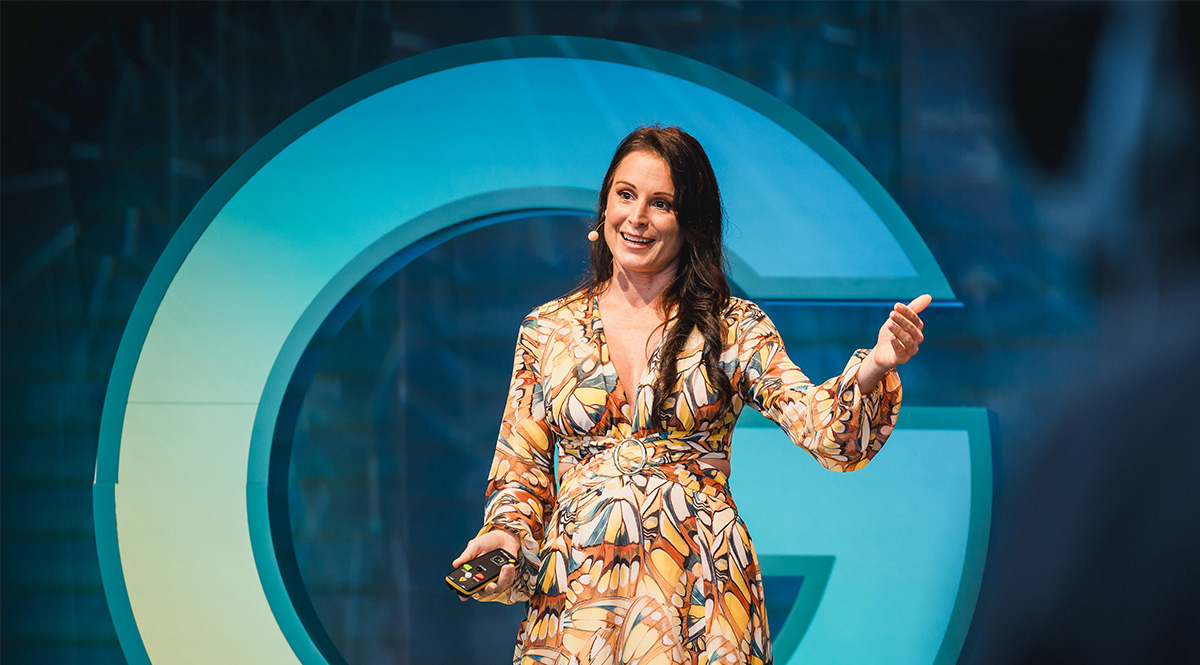Marine biology in Germany
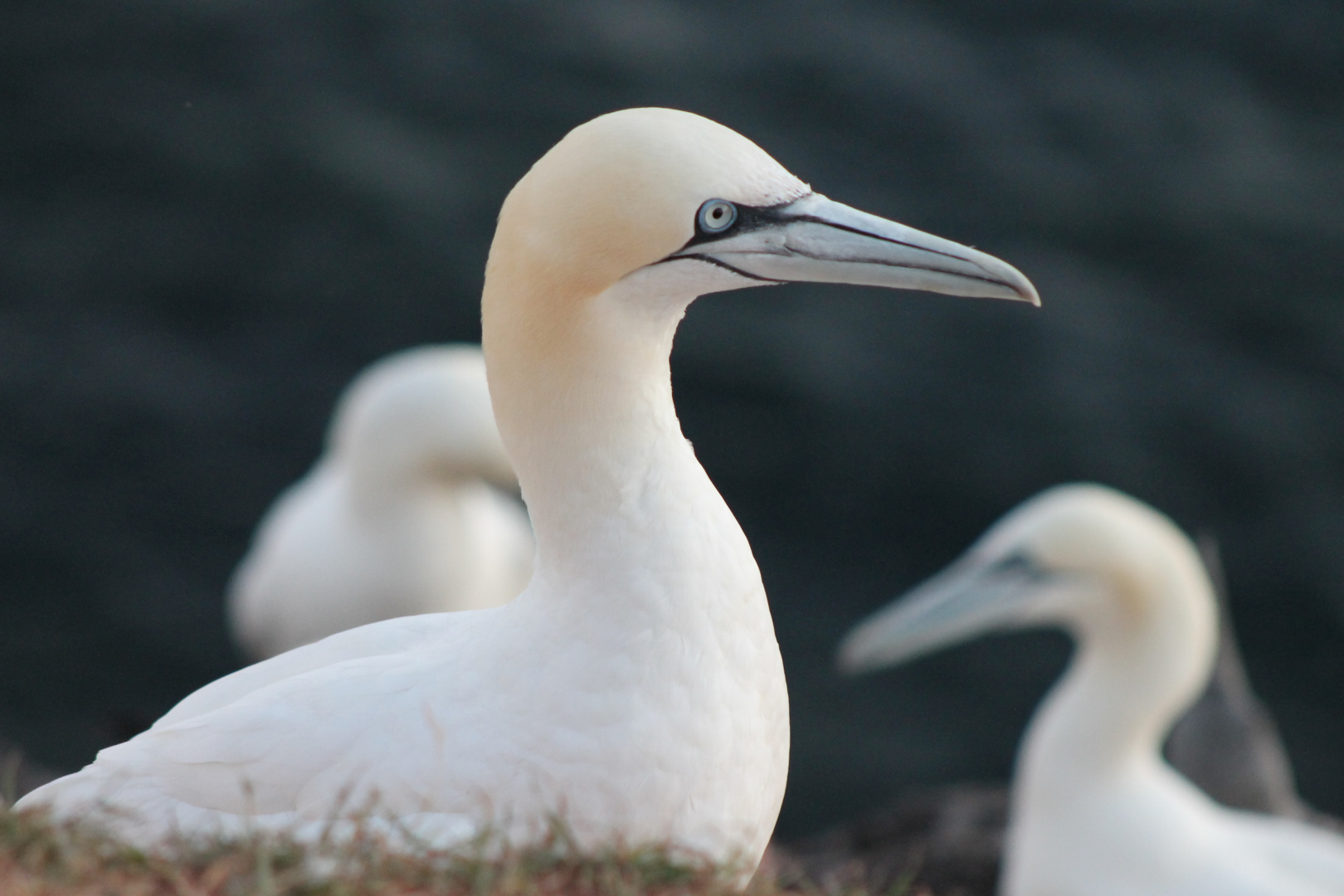
The ocean covers more than 70 per cent of the surface of our planet, and many questions concerning marine ecosystems and phenomena are still to be investigated. In Germany, there are various institutes that are dedicated to marine and polar research. The Alfred Wegener Institute based in Bremerhaven is one of them.
Climate change is one of the world’s biggest challenges – most scientists agree on that, even if some politicians deny that this crisis is caused by humans. Rising sea levels, dying coral reefs and changing ecosystems are among the fatal consequences of global warming, pollution and overfishing that polar and marine scientists investigate. In Germany, there are a range of universities and research institutes in Bremen, Hamburg, Rostock, Kiel and Oldenburg dedicated to deciphering the global climate system. Another notable facility for polar and marine research is the Alfred Wegener Institute Helmholtz Centre for Polar and Marine Research (AWI), named after the German polar explorer who discovered the continental drift. Its scientists primarily work in the cold and temperate regions of the world, starting their expeditions and working on their samples and data at the institute’s sites in Bremerhaven, Potsdam, Sylt and Helgoland, Germany’s only deep-sea island, 70 kilometres away from the mainland. Since 1892 scientists have been fascinated by the island’s rich flora and fauna: Being unique to Germany, the rocky mudflat, located around Helgoland, is habitat for algae, fish and invertebrates.

Helgoland.
The high cliffs of the island additionally offer perfect conditions for a wide range of sea birds such as common murres, seagulls and northern fulmars. With their blue eyes surrounded by black rings and their white plumage featuring black tips, northern gannets are also a popular subject for numerous nature photographers and tourists every year. Among the northern gannets, more than 780 breeding pairs were counted this year on Helgoland, while there were almost 4,700 pairs of black-legged kittiwakes and about 2,800 pairs of common murres. But a threat many of these sea birds face is plastic: Northern gannets for example like to use old fishnets to build their nests. As a result, many of them get entangled or swallow threads of the net and end up dying in agony. When diving into the water at a high speed to hunt for fish, the sea birds often get tangled up in nets with their beaks, as well. Animal conservationists can scarcely rescue the birds in such a situation, as it is difficult to reach them on the sheer cliffs. Various environmental organisations therefore demand that fishery becomes more ecological by for example using bio-degradable nets as an alternative.
A major problem: Plastic litter in our oceans
Plastic in the sea is also a subject the AWI scientists investigate. Tracking down micro litter is Gunnar Gerdts’ aim. The microbiologist and his colleagues are trying to determine the extent of microplastics – extremely tiny particles that can sometimes just be seen under a microscope. The extent of this pollution problem has only recently been discovered: Today, experts know that we are surrounded by microplastic almost everywhere and that it is extremely persistent. After doing research on this subject for five years, the AWI scientists concluded that these tiny plastic particles can be detected in all regions, and that particularly large amounts gather in the Arctic Sea ice. According to them, microplastic is released through the daily wear and tear of plastic sources at sea and on land, such as paint coatings used on ships. In cooperation with 11 countries, Gerdts and his team are now working on developing a common method to collect, extract and measure the amount of microplastic in our oceans.

Gray seal.
Field research under extreme conditions
To increase the marine diversity in the North Sea, another group of AWI scientists are trying to settle the European lobster around the island of Helgoland. Lobsters usually play a crucial role in the marine environment, as it is a top regulator that stabilises the hard-bottom biocoenosis and ensures high species diversity. But its population shrunk to a small size decades ago because lobster fishing used to be a major source of income for Helgoland for many centuries. World War II is said to have added to the shrinking lobster population as toxins were spread into the sea when Helgoland was heavily bombed. At the Biological Institute Helgoland, scientists therefore established a breeding station for the endangered species. In a pilot project, lobsters are released at a nearby offshore wind park to find out what is necessary to revitalise the population. Scientists chose the foundation structures of the wind turbines as an appropriate habitat for the lobsters, since they provide crevices the species depends on.
Field research under extreme conditions is often necessary for the work of the AWI experts from the bio, geo, and climate sciences. In order to collect and analyse sediment and ice core samples, the researches regularly travel the deep seas and the glaciers of both the Arctic and the Antarctic. Five research vessels offer the necessary equipment to make these expeditions, the most prominent one is the RV Polarstern, which has a length of 118 metres and has been driving to Polar Regions since about 30 years. Currently, the Polarstern is on its way to the Antarctica to conduct long term measurements of ocean currents influencing the global climate and to supply the Neumayer Station III, which is the starting point for German and international field expeditions on the frozen continent.
Some German marine and polar research institutes:
Alfred-Wegener-Institut: awi.de
Helmholtz-Zentrum für Ozeanforschung GEOMAR: geomar.de
Institut für Küstenforschung Geesthacht: hzg.de
Leibniz-Institut für Ostseeforschung Warnemünde: io-warnemuende.de
Senckenberg Gesellschaft für Naturforschung: senckenberg.de
TEXT & PHOTOS: NADINE CARSTENS
Subscribe to Our Newsletter
Receive our monthly newsletter by email
